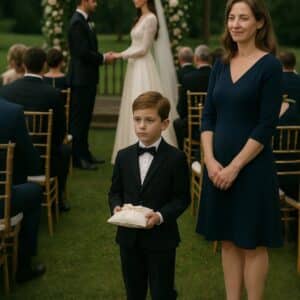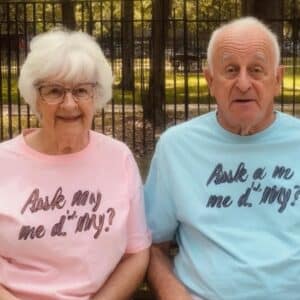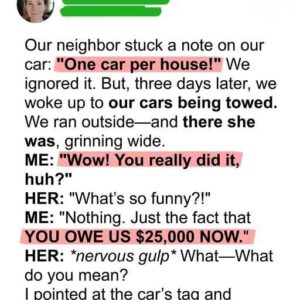At seventy-eight, I found myself standing at a crossroads, faced with the weight of a life lived, marked by regret and dormant dreams. I made the radical decision to let go of every material anchor I had known—my apartment, my dependable old truck, and even the vinyl collection I had cherished for decades. Each object held a story, but none could rival the pull of one name: Elizabeth. I bought a one-way ticket, resolved to find the woman who had once held my heart.
It all began with an envelope buried among mundane mail. The letter inside bore a simple message: “I’ve been thinking of you.” Those five words, penned by Elizabeth, shattered the monotony of my daily existence. Memories, long buried under the debris of time, surged back: laughter by a lake, stargazing hands clasped together, and whispers of love carried on summer breezes.
Our correspondence resumed gently, starting with tentative greetings and evolving into full-bodied exchanges brimming with recollections and confessions. Each letter rekindled the warmth of a love I thought I had lost to the past. Her final letter included an address. That was all the encouragement I needed.
I began selling everything. Releasing my possessions was a symbolic act, shedding a past I no longer wished to carry. I was not simply chasing a memory; I was chasing the possibility of new life. That choice, however, did not come without risk.
During the flight to her town, I felt a sharp pain in my chest. I collapsed midair and woke up in Bozeman General Hospital. The doctor confirmed I had experienced a mild heart attack. Travel was now off the table. I had no choice but to pause.
Recovery was slow, confined to pale hospital walls and monitored heartbeats. But there, in that sterile space, I met Lauren, a nurse whose quiet strength steadied me. She listened as I spoke of Elizabeth, never judging, always encouraging. She became a friend and confidant.
Once discharged, flying was still too dangerous. I faced a hard choice. Lauren offered an alternative: a road trip. I accepted, and soon, we were driving toward Elizabeth’s address, passing through landscapes that mirrored my internal transformation.
Upon arrival, I was stunned to find the address belonged to a nursing home. Confused and hesitant, I stepped inside. The receptionist guided me to the terrace, where I met a woman I had not expected—Susan, Elizabeth’s sister.
“James,” she said with soft recognition. “You came.”
Susan explained that Elizabeth had passed away the previous year. She had found our letters tucked away, preserved like relics of a love that never dimmed. The reunion I had envisioned would never be. Yet in Susan’s presence, I found echoes of Elizabeth and a surprising sense of closure.
We visited Elizabeth’s grave. There, in the bitter wind of remembrance, I traced her name on the stone and whispered all the words I never got to say. Lauren, who had accompanied me on this pilgrimage, stood by silently, her presence a quiet reassurance.
I returned to the city with Susan and Lauren. Eventually, I bought back Elizabeth’s old home. We moved in together, not as replacements for the past, but as survivors carrying forward a shared legacy. Evenings were spent playing chess, tending to the garden, and finding peace in routine.
Creativity became my lifeline. I wrote about my journey, painted scenes that captured moments of transformation, and shared my art online. The response was overwhelming. Others saw themselves in my story, and soon, a community grew. We hosted support groups and workshops for people grappling with emotional wounds, offering solidarity and practical tools for healing.
Through therapy, I came to understand betrayal and grief on a deeper level. Forgiveness, I learned, was not for the other person but for oneself. I also confronted cultural norms that had shaped my early beliefs—the toxic equation of love and materialism.
I redefined success not in terms of wealth but in resilience, empathy, and self-worth. Lauren stayed in our new home, and Susan, once burdened by loneliness, found comfort in our shared lives. Together, we forged a new family—one rooted in authenticity.
Elizabeth never got to see me again, but her memory became the cornerstone of this new chapter. I kept writing, painting, and mentoring. My past no longer defined me; it informed the person I was becoming. My story—a story of loss, healing, and rebirth—became a beacon for others.
Every morning, I wake up grateful. My life may not have followed the script I once envisioned, but in its place, I found something richer: a sense of peace, connection, and purpose that continues to unfold with each passing day.





